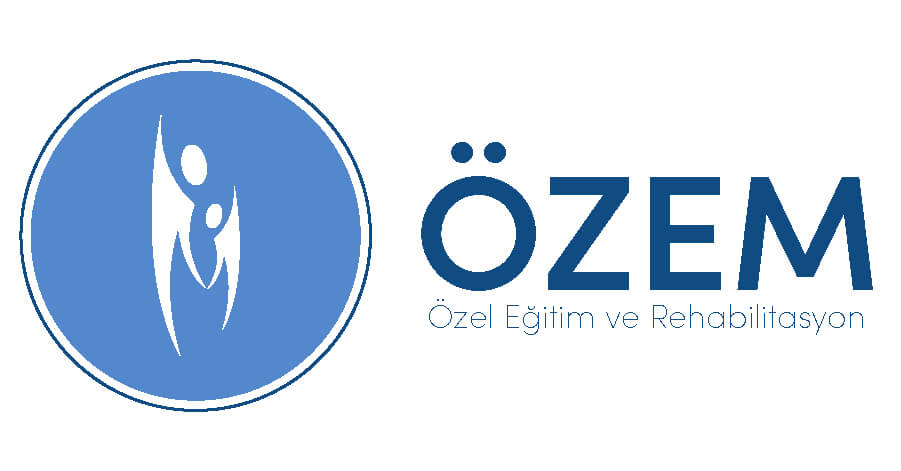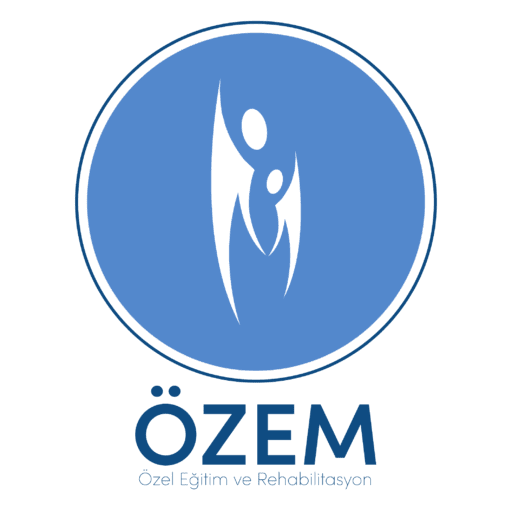Play Therapy: An individual who does not know the child and autism cannot be a therapist..
autistic children often play differently from other children. Probably parts of the toy instead of the whole toy. (like wheels) they will focus. "Pretends to play" like other children. And they may not want to play with others.
However, autism spectrum disorder ( OSB ) For many children with mental illness, play is a way of expressing themselves. – their toys and actions may be their words. Game, It can help children with ASD learn and connect with other people, both children and adults, in a way that they can understand..
It can be a second toy or a few words to introduce language to the game. Aim, is to create a game that alternates between you and your child to encourage more communication and add something new to their game. It should help them grow emotionally and learn how to focus their thoughts better..
Occupational therapy
Occupational therapy, helps with activities of daily living and use of everyday objects, such as learning how to button a shirt or hold a fork correctly. But school, can include anything related to work or play. Focusing, depends on the child's needs and goals.
- attention span and stamina
- Transition to new activities
- game skills
- Need for personal space
- Responses to touch or other stimuli
- stance of small objects, motor skills, such as balance or manipulation
- Aggression or other types of behavior
- Interactions between the child and caregivers
- Physical activities such as stringing beads or doing jigsaw puzzles to help the child develop coordination and body awareness
- Play games to help interaction and communication
- External brushing and hair developmental activities such as crawling
- Adaptive strategies, including going through transitions
How occupational therapy benefits people with ASD?
General purpose of occupational therapy, helping people with autism improve their quality of life at home and at school. Therapist, promoting skills so that people with autism can be as independent as possible., Helps maintain and develop.
- Toilet training , suit up, external daily living skills, such as brushing and other grooming skills
- fine motor skills needed to hold things while writing or cutting with scissors
- To walk, gross motor skills used to climb stairs or ride a bike
- Colors, sitting like telling the differences between shapes and sizes, posture or perceptual skills
- Awareness of one's own body and its relationship with others
- Visual skills for reading and writing
- Game, self help, problem solving, communication and social skills
- Develop relationships with children and adults
- Learn how to focus on tasks
- Learn how to delay gratification
- Express emotions in more appropriate ways
- Play with other kids
- Learn to self-regulate
- How can someone get OT services for autism spectrum disorder?
Occupational therapy services, Available at Özem.
speech therapy
People with ASD may have major problems with both speech and nonverbal communication.. They can also make it very difficult to interact socially. For these reasons, speech therapy, is a central part of autism treatment. Helps children communicate and interact with others as well as speaking. making eye contact, may include nonverbal skills such as taking turns in a conversation and using and understanding gestures. Also, picture symbols for children, can teach them to express themselves using sign language or a computer.
- never talk,
- absolute grunts, cries, screams or larynx, harsh sounds,
- humming or speaking musically,
- echolalia with word-like sounds,
- foreign to the ear “words” or using robot-like conversations,
- Often repeats what the parrot or someone else has said (called echolalia),
- Using correct expressions and sentences with an expressionless tone of voice.
- Eyelash trouble with speaking skills, including contact and gestures,
- meanings of words, Difficulty understanding outside of the context in which they were learned,
- memorizing what is heard without knowing what is being said,
- echolalia as the main way of communicating (repeating another person's words as they are spoken) use,
- little understanding of the meaning of words or symbols,
- Lack of creative language,
- Electronic “speakers”
- Signing or writing
- Using pictures instead of words to help the child learn to communicate
- Improving the articulation of speech by massaging or exercising lip or facial muscles
- To the rhythm of people, to ensure that he sings songs in accordance with his emphasis and sentence flow
- Pronunciation of words well,
- Both verbal and nonverbal communication,
- Understanding verbal and nonverbal communication and what other people mean in different settings,
- Initiate communication without asking others,
- Knowing the appropriate time and place to convey something; for example, When “Good morning” should say,
- Developing speaking skills,
- exchange of ideas,
- Relationships communicating to improve,
- communicating with others, playing and interacting,
- Learning to control yourself.
Applied Behavior Analysis (ABA)
This type of therapy, uses rewards to reinforce positive behaviors and teach new skills. Parents and other caregivers, They are trained to give feedback to the autistic child at any time..
Treatment goals are determined individually. These are communication, social skills, may include self-care and school work. Studies, shows that children who take early and intensive ABA can make big and lasting gains.
There are different types of ABA. They include:
- Discrete trial training (DTT).This, breaks down a desired behavior into the simplest steps.
- Early intensive behavioral intervention (THERE).This ABA form, usually designed for young children under the age of five.
- baseline response therapy (PRT).focus here, are important areas of a child's development, such as self-management and taking responsibility in social situations.
- Verbal behavior intervention (VBI). Developing a child's verbal skills is the goal. Özem is one of the few institutions that can implement ABA/UDA in the original concept.. Aba/Uda is the only proven method for the educational treatment of autism..
Therapeutic Horse Riding
Doctors to this “hippoterapi” they also say. Here a child rides a horse under the guidance of a therapist. Riding, One physiotheraphy shape because the rider has to react to and adapt to the animal's movements. Studies, 5 ila 16 Shows that it helps children between the ages of 18 to develop social and speaking skills.. It may also help them be less irritable and hyperactive..

